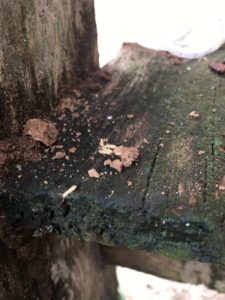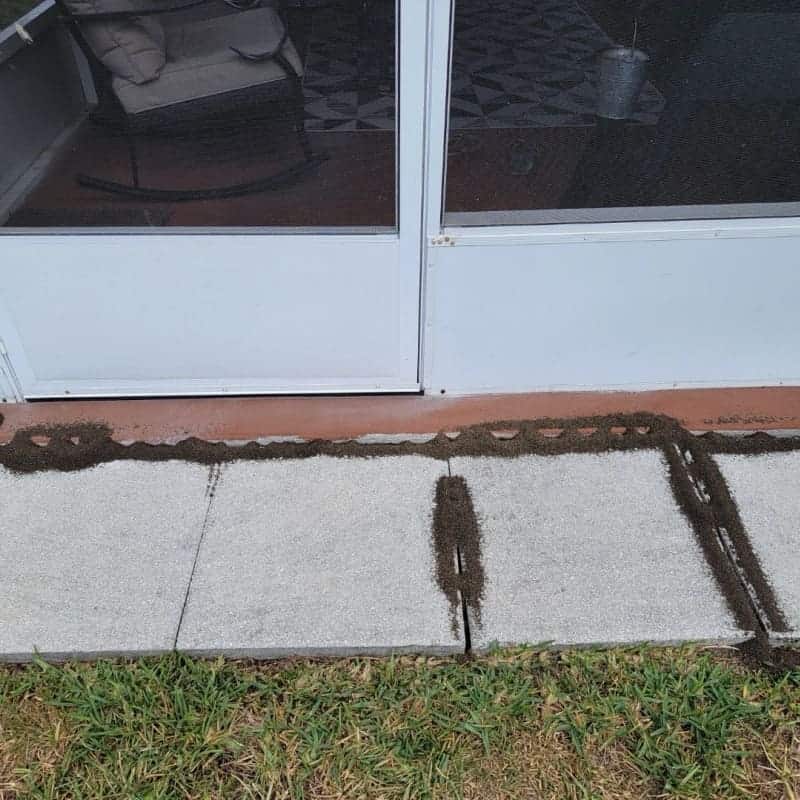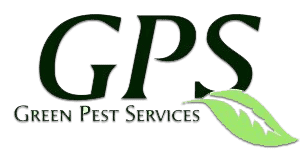Is your HOA causing you to have bug problems?
Gated and HOA communities have become the dominant form of housing development in South Florida. Almost the entirety of the residential construction in the 34987 zip code is some form of master planned community. Most of the gated communities on the Treasure Coast have homeowner associations that provide some sort of spraying service. This is particularly true of the communities in Tradition, St. Lucie West, and the gated communities in Palm City. Naturally, homeowners often assume this should effectively protect their home from things like ants and cockroaches. Not only is this not the case, but there is something else your HOA may be doing that could actually elevate your risk for insect infestations, including termites.
What does the spraying provided by the HOA actually do?
The vast majority of HOA communities in Port St Lucie and Palm City have some sort of pest control service provided. Many homeowners, understandably, assume this service will help prevent the typical pests that invade Florida homes. Unfortunately, the type of pest control services typically covered by the HOA do very little to prevent or control these types of pests. The HOA is interested in keeping the aesthetics of the neighborhood up. This means lush green grass and healthy landscaping. Chinch bugs, aphids, and scale are all common pest infestations in South Florida that affect lawns and ornamental plants. HOAs typically contract services to prevent and control the types of insects that damage and kill landscaping.
But shouldn’t these spraying services also kill other insects like ants and silverfish?
Thankfully for people, pests, and the environment, pest control has changed a lot in recent decades. While there may have been a time when an exterminator would show up and nuke all life on a property, fortunately, that is no longer the case. HOA pest control applications are targeted, using specific products at specific rates to maximize results for the targeted pest while minimally impacting non-target insects. All of this is to say, the landscape company spraying the yard for chinch bugs is doing a bad job of keeping fire ants out of the yard because they aren’t trying to keep fire ants out of the yard. And while they may inadvertently kill some non-target bugs while they are there, they are just as likely to inadvertently drive pests from the yard into the home.
The #1 way your HOA may be contributing to pest problems inside your home.
MOISTURE. Moisture is perhaps the greatest factor impacting pest problems within a home and within an environment more generally. Insects love moisture. While more arid states like Arizona and New Mexico certainly have pest issues, pest pressure there isn’t nearly at the volume and variety of swampy Florida. Similarly, even within the same climate, lush irrigated communities tend to have more pest issues than a home on a bare sandy lot. This isn’t to say we should pull out all our hedges and let the grass die if we want to avoid pest problems, but if an HOA is overwatering, it will certainly exacerbate pest problems. Even more alarming, excess moisture around the foundation of a home is a highly conducive condition for termites.
There are a few factors at play in many of the gated communities in Port St Lucie and Palm City.
- Firstly, homeowners associations just tend to over water. Again, the main concern is typically landscaping and appearances from the road. Insects that commonly live in the dirt, will begin coming into homes if the yard is sopping wet. Fire ants and earwigs will often display this behavior.
- In the HOAs defense, proper watering will vary during different parts of the year. South Florida has a dry season, generally running from early winter through the end of spring. Then, almost like clockwork, right around the June 1st the daily thunderstorms will be a staple of nearly every afternoon all the way until Thanksgiving. Proper maintenance will mean adjusting irrigation according to prevailing weather conditions.
- Many of the communities in Port St Lucie’s Tradition build their homes relatively close together. This makes grading appropriately and achieving proper drainage more difficult. Additionally, the sides of these home receive very little direct sunlight. This tends to keep these areas sopping wet, and an ideal situation for wood destroying organisms such as termites.
Some of the pest problems being exacerbated by irrigation mismanagement.
Termites
- Subterranean Termites -These termites tend to be the most damaging. They have large colonies and will consume wood quickly. They come up from the ground and build mud tubes that they travel through to keep themselves moist and protected from dry air and sunlight. Subterranean termites often find entry to homes through cracks in the foundation slab and around pipes. Because Subterranean termites need constant access to moist soil, damp conditions around a home are particularly conducive for infestation by this family of termites.
- Dampwood Termites – Dampwood termites are unique from subterranean termites in that they don’t need contact with soil. Like Drywood termites, a colony can survive entirely within a structure. They do however require a constant source of moisture. As their name suggests, wet or rotten wood is where this termite will colonize a building.
- Drywood Termites are another common termite in St Lucie and Martin County. They do not need contact to soil or constant access to moisture. While this is bad news for homeowners, it is fortunate that Drywood termites generally have much smaller colonies than Subterranean Termites and therefore damage wood more slowly.

Fire Ants
There are half a dozen or so ant species that commonly infest homes in St. Lucie and Martin County. None are as menacing as Fire Ants. Fire Ants colonies are very sensitive to moisture, both for regulating temperature for the development of their eggs and for the stability of their tunnels (dried out sand tends to collapse). For this reason, after heavy rains, particularly if the soil is already saturated, it is extremely common for Fire Ants to invade homes seeking a dry place to nest – inside the walls of a home, typically.

Earwigs
Earwigs aren’t quite as revolting as their name suggests, only because there are only a handful of documented incidences of earwigs actually entering a person’s ear canal. They are still, however among the most hideous looking insects you’re liable to see inside your South Florida home. These insects are ubiquitous in the lawns and mulch beds of every master planned community on the Treasure Coast. They feed on decaying plant matter and thrive in moist environments. But even these moisture loving insects have their limit. When the wet soil they love becomes oversaturated, they easily slip inside home underneath garage doors, sliding doors, and around a spigot pipe.

Rodents (rats in particular)
Lastly, a point on rodents. While this issue may not be caused or exacerbated by an HOA, the reality is gated communities tend to have more rodent activity. This is because rodents prefer not to travel too far. Rats are the most common rodent pest in our area and they typically travel a maximum of around 300 feet, or the equivalent of 5 lots in most HOA communities in Tradition. Moving out in the open makes them vulnerable to predators and is generally against their nature. Having homes placed close together makes movement and foraging easier for them. Grills on back patios, open garage doors, and a dog bowl on the porch are all potential sources of food.


Protect Your Port St Lucie or Palm City Home from Pests with Pest Control Services You Can Rely On
Don’t wait for pests to overtake your home and cause problems for you and your family. Hiring a pest control service in Port St Lucie or Palm City will keep your home free from pests and give you peace of mind to enjoy your South Florida living all year long.
We take a bottom-line approach to each project. Our clients consistently leave great reviews on our service.
-Shane Green. CEO, Green Pest Services FL
